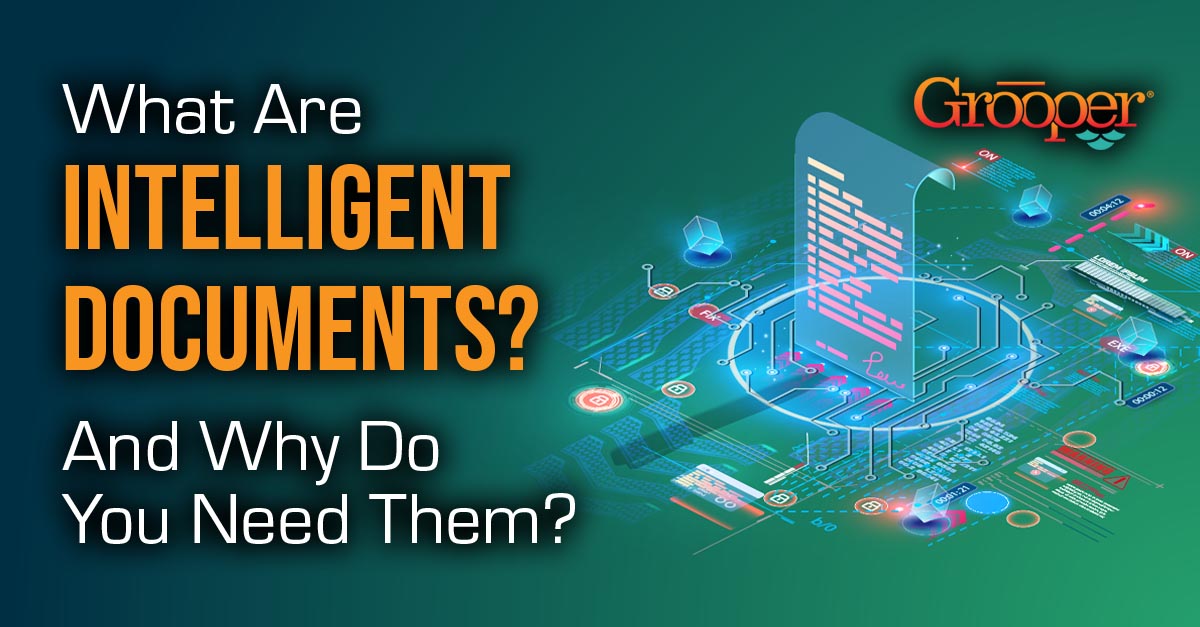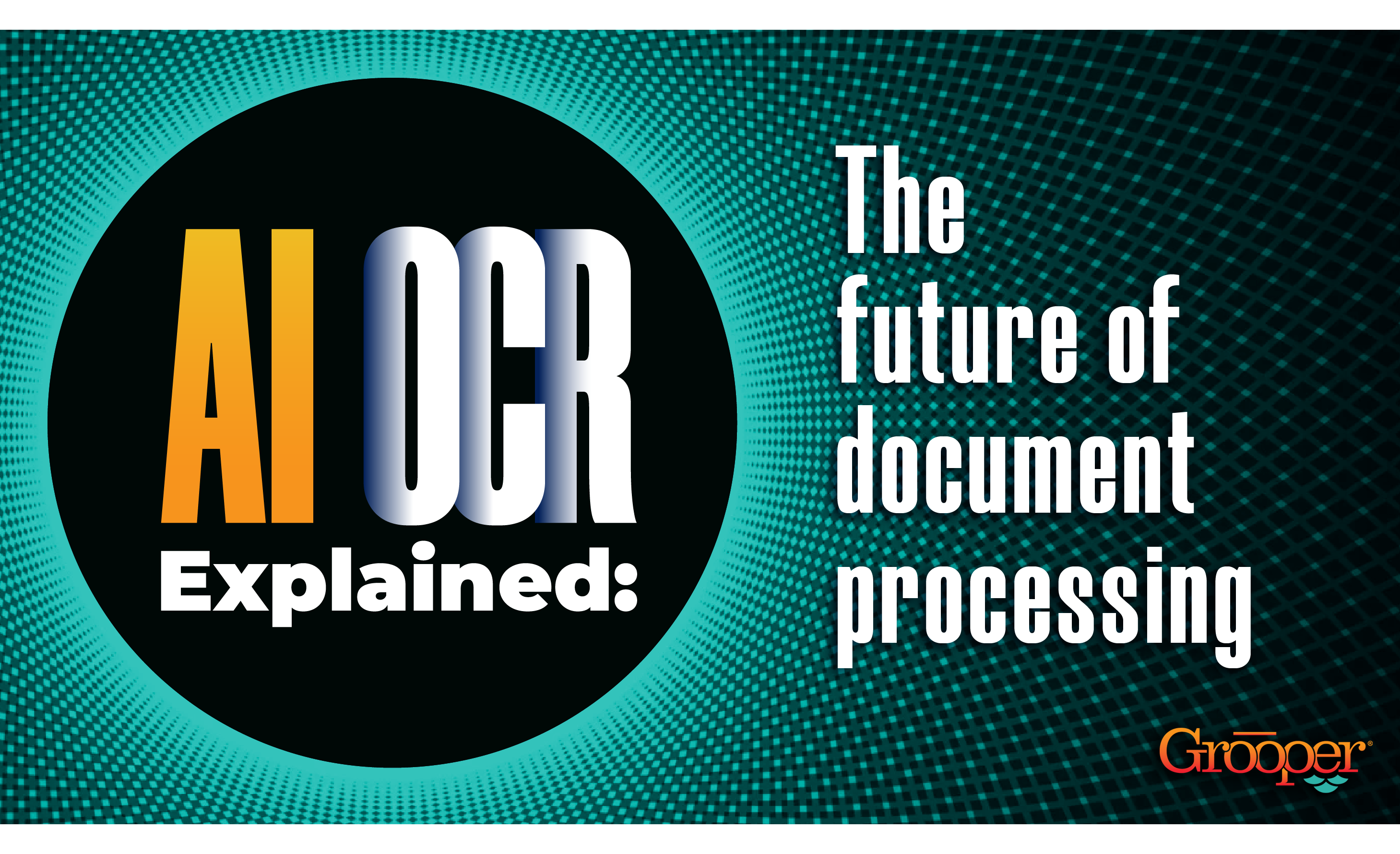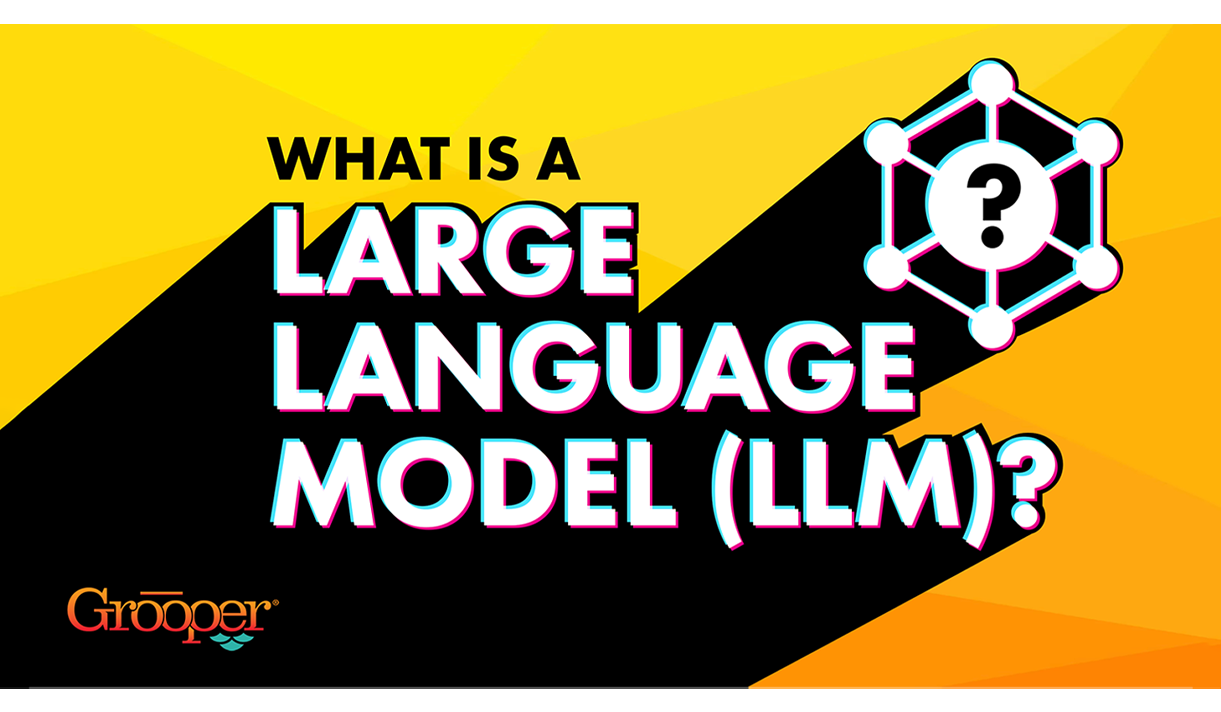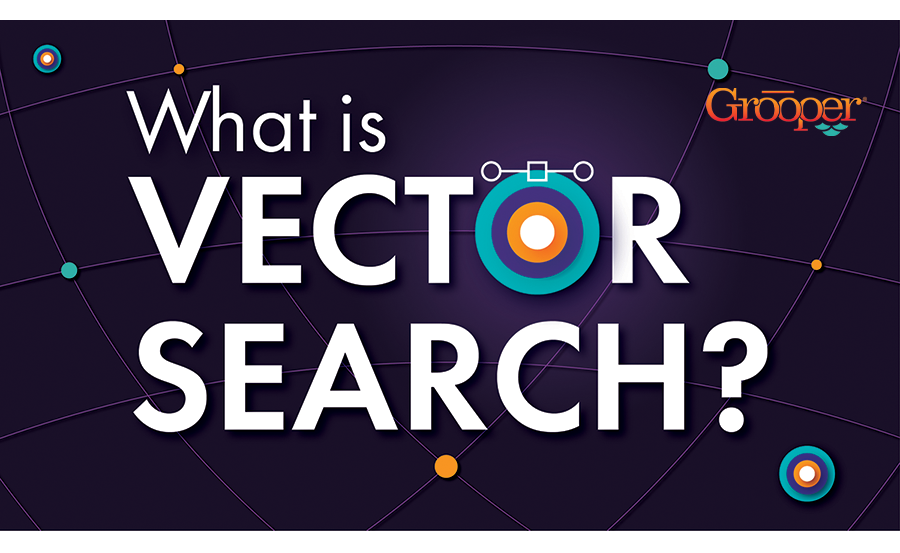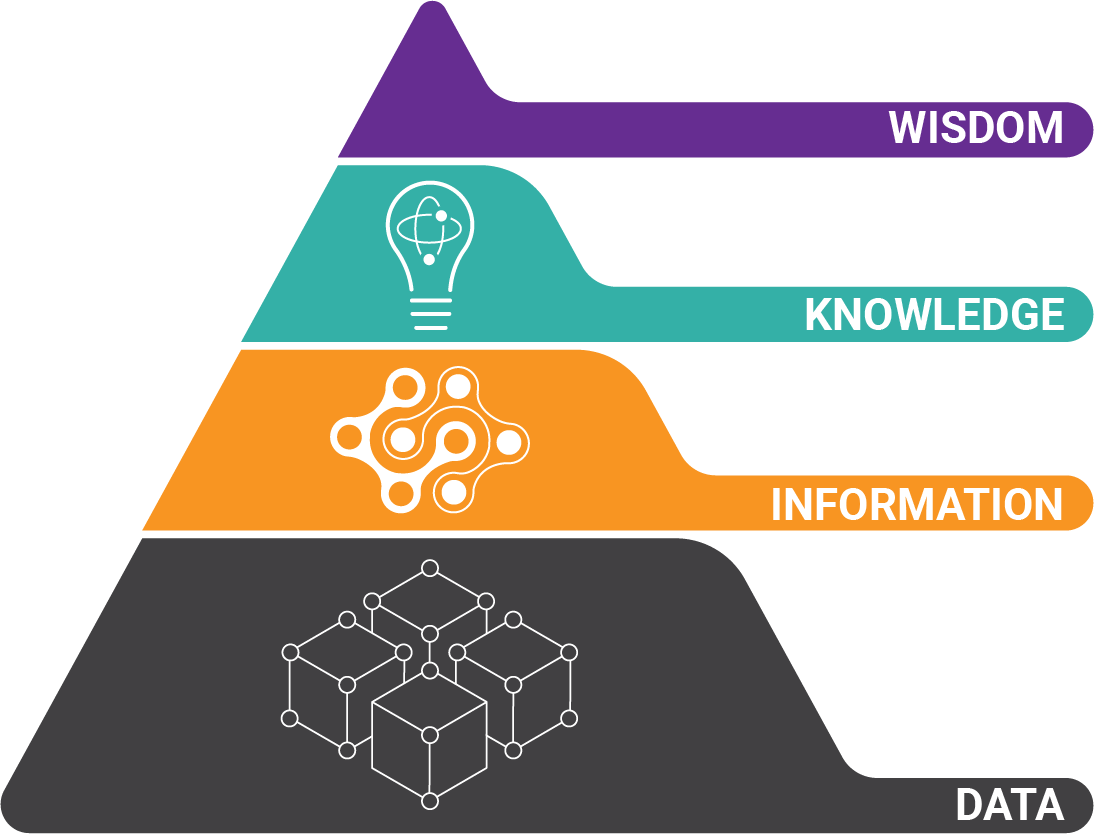Today’s market does not understand the goal of intelligent document processing – creating and integrating intelligent documents.
Software companies have latched onto this idea that intelligent document processing is combining so-called “A.I.” with what really amounts to the benefits of old-school document capture. (As a provider of document management technology since the late 1980's, I know capture).
Better capture is important but it's missing the point.
What’s the Difference Between a Scanned Document, a Text File, a JSON file, or a Word Doc?
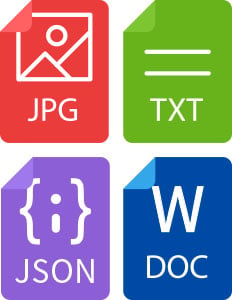 There is no difference. Because they are all one thing: containers of data.
There is no difference. Because they are all one thing: containers of data.
But intelligent document processing (IDP) is the convergence of intelligent data integration with intelligent document processing.
The shift from processing documents intelligently to embedding intelligence into documents is what you must understand.
See the difference? Intelligent document processing, not intelligent document processing.
What are Intelligent Documents?
Intelligent documents are self-integrating documents. They are silos of syntactically verified information in PDF format which are easily integrated into any software system and consumable by human readers.
They contain a fixed data architecture and ontology in both visible and hidden layers that makes them useful for conveying accurate information with no further processing required.
Intelligent documents are the result of intelligent data integration provided by AI document processing.
Intelligent Documents Represent the Pinnacle of Data Integration
Traditional data integration requires ridged structure and a limited number of data sources.
And even modern integration projects require a huge amount of human effort for validation and manipulating data after so-called integration.
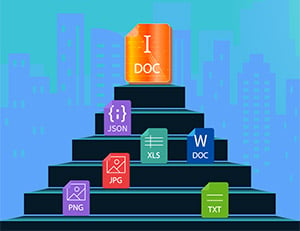
Imagine a data integration project involving hundreds of data sources and you want full and complete automation.
That’s what’s involved in creating intelligent documents.
The difficulty has always been in language itself – not just form structures and syntax. Creating intelligent documents is really freeform data integration. But we’ve cracked that code.
Every Intelligent Document Created is a Data Integration Project Involving Strict Data Architecture and Ontology
Data integration tools can’t handle the variation in data present in document data silos. They don’t provide on-the-fly data validation and review, nor can they.
And data architectures for documents simply doesn’t exist in traditional data integration tools.
But IDP provides the data modeling required to answer questions like: “Are Dan, Danny, Doug, or Douglass the same people?”
In order to create and process intelligent documents, intelligent data integration provides needed elements such as:
- Connectors
- Data pipelines
- Architecture
- Business rules
- Workflows
- Data cleansing
- Review processes
Why Do We Need Intelligent Documents?
 Intelligent documents are the solution to the intentionally irresponsible creation of “dumb” documents.
Intelligent documents are the solution to the intentionally irresponsible creation of “dumb” documents.
They require needless work to be performed repeatedly during a document’s chain of custody.
Think about the simplest form of a dumb document: invoices.
There are manufacturers who create millions of invoices every year.
Each of their customers will take the invoices and process them down into the information most important to their workflows.
THE BIG IDEA: Hundreds of thousands of hours of human effort wasted.
When will companies care enough to solve this?
And if you’re wondering, electronic data interchange (EDI) is not the answer.
That's because EDI requires complex standards and consultants to create integrations between software systems.
EDI has some mainstream adoption, but will never be a universal data integration solution.
For every company producing a document — whether it’s an invoice, bill of lading, way ticket, or contract — the data model only needs to be created once to save countless worker time.
How Do Intelligent Documents Work?
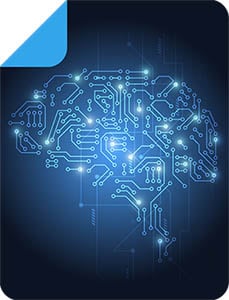 Intelligent documents are self-integrating because they use a standard data architecture that represents the context of the information contained within the document.
Intelligent documents are self-integrating because they use a standard data architecture that represents the context of the information contained within the document.
Simply labeling a date as a date in an invoice or contract is not nearly enough.
For example, is the date a due date, the date of the invoice, the date of the contract, the effective date, etc.?
An intelligent document is broken down into actionable information with all relevant data properly labeled and indexed.
By using standard PDF metadata formats along with human-useable bookmarks and annotations, there is no ambiguity in what the document represents.
 Here are the Steps to Create Intelligent Documents:
Here are the Steps to Create Intelligent Documents:
- Producers of documents upload documents into a secure Grooper web portal.
- In Grooper, the document is recognized, fully processed, and then output for receipt by the consumer of the document.
- Because the document is now smart, the consumer will use a similar web portal to identify that the document has been processed.
- All relevant data will be exposed and directly integrated into their workflows or line of business software.
The Benefits of Intelligent Documents:
Significant Time Saved
The biggest benefit of intelligent documents is the amount of time saved every time documents change hands.
 In some industries this will make documents more valuable.
In some industries this will make documents more valuable.
This is especially apparent when acquisitions represent the purchase of data contained on documents.
A terrific example of this are oil and gas leases where most companies don’t even know what they are purchasing.
Rapid Customer Onboarding
Also, don’t ignore pure data scenarios like B2B customer data onboarding. We have customers who have taken this approach to bring on new customers in weeks instead of months. Time is revenue.
Creating Common Access to Data Easier than Ever Before
In government agencies, all documents are processed and stored at a local level and then submitted to central agencies like the National Archives and Records Administration (NARA).
Once they get to NARA, these documents are processed all over again. But with intelligent documents, agencies and governments benefit by common data models that make organizing and creating access to the information easy and fast.
This is an entirely new concept in data integration – documents aren’t documents any more...
Call these documents what you will – intelligent, smart, self-integrating, data-embedded – the future is clear.
This data modeling approach to data integration from documents is changing the way organizations communicate.
